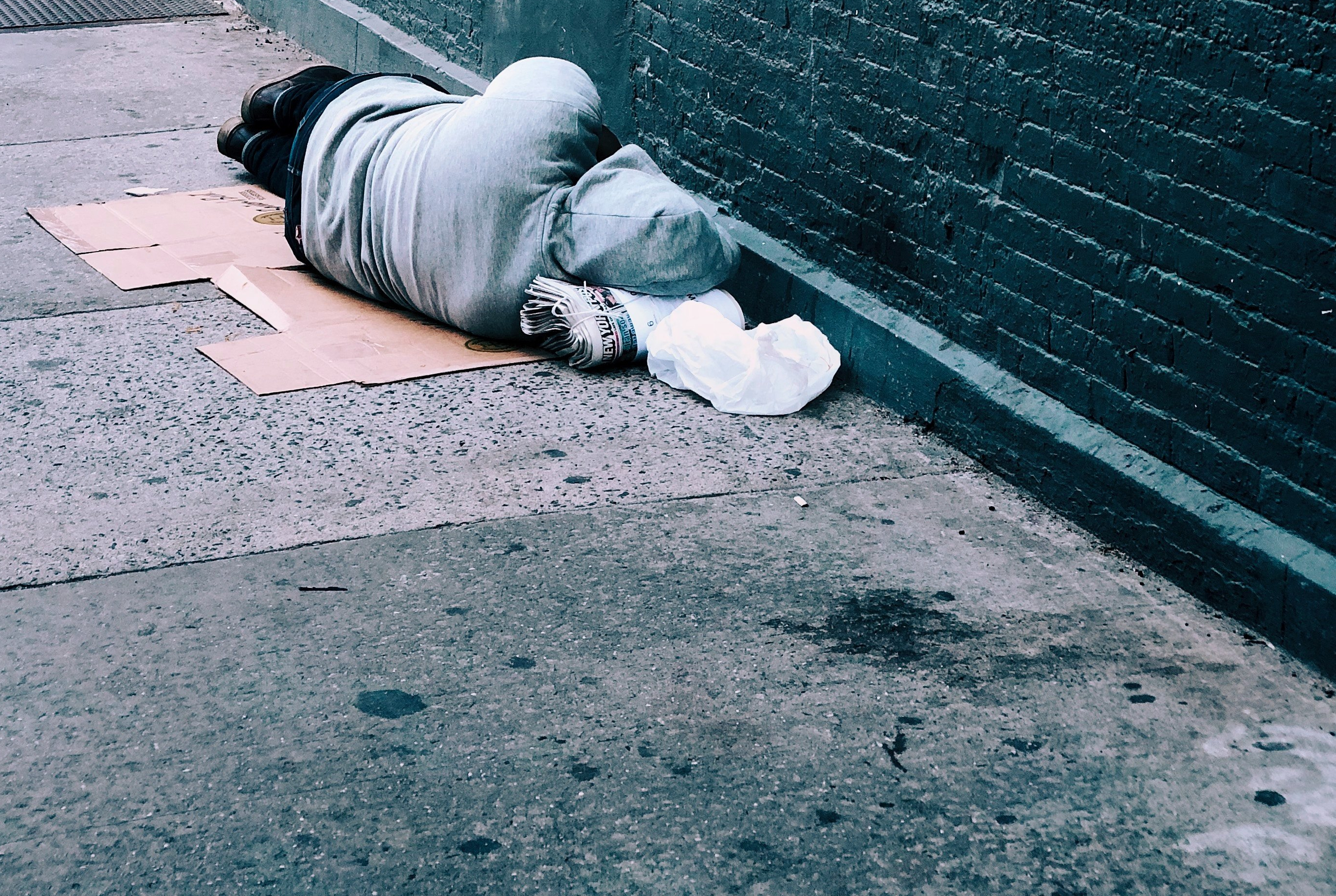Boulder supports county’s housing-first approach to homelessness, but wants slower rollback of shelter services

Council on Tuesday supported Boulder County’s move toward a housing-first approach to homelessness but wanted to slow down the reduction of sheltering services proposed by providers. Leaders also indicated they would be willing to commit more funds to prevent consolidation of Path to Home and Boulder Shelter and continue moving unhoused residents into permanent homes.
Since coordinated entry launched in October 2018, more than 200 residents countywide have found homes
, according to Boulder’s online dashboard. But 200 long-term (two years or more) un-housed residents are still awaiting housing.
All of them can be placed in homes next year, said Wendy Schwartz, human services policy manager, with an additional $1 million in local funds. It costs roughly $20,000 a year in rent and supportive services to house a person experiencing homelessness, Schwartz said. But by leveraging other funds, Boulder can provide homes for 200 residents.
“We’re at a tipping point,” said Robin Bohannan, a board member of Homeless Services Boulder County, which is overseeing the new coordinated entry approach to homelessness. “This is about housing. That’s the No. 1 value; that’s the way we get out of homelessness.”
Some tradeoffs are being recommended by HSBC in order to put more funds toward housing. The organization has suggested that Bridge House’s Path to Home navigation services be combined with Boulder Shelter for the Homeless. Path to Home is currently run from 2691 30th Street, but that lease expires in May 2020.
Consolidating the two into one physical location would also remove 50 shelter beds from rotation, staff said Tuesday. Priority for beds would be given to residents who have been homeless for more than six months. Everyone else would be directed to “diversion services,” which will be carved out of navigation services.
If Path to Home and Boulder Shelter consolidate, there will be no beds for diversion clients, Schwartz confirmed in response to a question from councilman Sam Weaver. That gave council members pause.
“I’m worried about reducing the beds until we have the additional capacity available,” councilman Aaron Brockett said. “Having people, the day they (become) homeless, have no legal place to sleep is a concern.”
Staff believe that housing shelter-dependent residents would free up more beds. During the first year of coordinated entry, 35 people used two years’ worth of shelter nights. If they were housed, said Deputy Director of Housing and Human Services Kurt Firnhaber, the shelter could accommodate 860 more people (assuming the current average stay of roughly two weeks).
“I would argue we’re going to have more beds at the end,” Firnhaber said. “We need to get 38 people out of shelter into permanent housing, and we’ll have the exact same number of beds we have now.”
“Are you proposing we can do that in the next year?” Mayor Suzanne Jones asked.
“Yes,” Firnhaber replied.
Still, council expressed concern that the remaining 165 beds would not be sufficient. Boulder Shelter reached capacity 10 nights this season when winter sheltering was not available; nine in October and one in December. The severe weather shelter itself filled up twice: February 11 and March 6.
Losing beds “runs a significant risk of leaving people unsheltered and out in the cold,” Brockett said. “This is a great vision, but I feel we need a longer path.”
It could also further racial disparities in the county: 7.5% of the homeless population is African American. Choosing to reduce services the same week council held its meeting on racial issues sends the wrong message, he said.
Councilwoman Mary Young noted that consolidation may have benefits, such as reducing the need for clients to move from one shelter to the next. “I would rather put the resources into housing people than into making sure there’s more shelter beds.”
Providers for people experiencing homelessness contend that more funds should be directed to housing, because that is a proven solution: “We know the costs of providing housing are offset by reducing emergency services,” Schwartz said. But “housing is the primary evidence-based intervention to solve homelessness.”
“I don’t think this needs to be an either/or,” Brockett countered. “We can make other tradeoffs in the budget process.”
Jones said the consideration was ethical as well as financial. “I think it is really hard to have a camping ban, which a lot of us think is a necessary evil but slightly immoral, but if you can say ‘You have somewhere to go,’ it’s more acceptable.”
“That’s the rub, is we have people covered,” she said. “That’s the piece I’m not ready to let go of.”
In the end, council voted unanimously to support HSBC’s recommendations but prioritize a search for a new location to house Path to Home navigation. Members also lauded housing and homelessness leaders for their efforts.
“Thirteen years ago, we began a 10-year plan to end homelessness,” said Bohannan. “We made no progress. We’ve made more progress in the last couple years than we had the past 10.”
For a Twitter thread of Tuesday’s homelessness discussion, visit threadreaderapp.com/thread/1108219261338570754.html
— Shay Castle, boulderbeatnews@gmail.com
Want more stories like this, delivered straight to your inbox? Click here to sign up for a weekly newsletter from Boulder Beat.


0 Comments Leave a comment ›